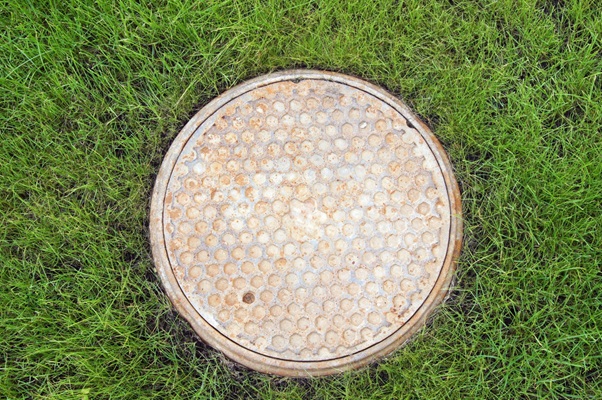You probably don’t like thinking about what happens to your wastewater once it goes down the drain. It comes as no surprise, then, that it’s relatively common to use terms like “sewer” and “septic” pretty interchangeably.
They’re both plumbing systems, and they both serve waste removal purposes, right? Actually, there are some pretty substantial differences between the two. Read on to learn what the differences between sewer vs septic systems are, and how you can decide which system is best for your purposes.
Main Differences Between Sewer vs Septic Systems
Sewer systems carry wastewater through underground pipes to a treatment plant, which filters the water until it runs clean. On the other hand, a septic setup is located closer to the individual building, usually on the property. It’s a smaller system through which water is filtered.
Septic systems use a leach field, or underground disposal system, to remove any contaminants from the water. These are then broken down and disposed of, while the now-clean water returns to the home.
While sewer systems serve a network of buildings within a municipality, septic systems serve only one residence or building at a time. This means the costs will be different for each system. Septic tanks are often included in the cost of the home, while sewer systems are included in the water or sewage bill from your municipality.
Why Do Certain Municipalities Forego Sewer Systems?
Some cities decide not to install a sewer system for their residents or do not provide this service for all residents. There’s a variety of reasons a municipality may choose to do so. Sewage connections aren’t exactly cheap to maintain, and they aren’t necessarily environmentally friendly.
Also, the municipality may be located on too large of an area for a sewer system to be efficient. If this is the case, septic tanks may be the most feasible option for waste removal.
Cost and Maintenance
While the overall cost of a septic tank is generally lower than that of a city-provided sewage system, septic tanks do require infrequent maintenance. You should pump out a septic tank every 1-3 years, and it’s the homeowner’s responsibility to maintain it.
With proper care, the septic tank should not pose any maintenance tasks, other than pumping out the tank once in a while. There are steps you can take to prevent complications with your system. Make sure not to flush anything that can clog the system, including but not limited to hygiene products, paint, food, or anything non-biodegradable.
For homes or buildings with a high waste flow, it may be wise to invest in more sturdy technology that will break down hardy waste. Options include Spiralift technology, a system that will both screen and break down solids in wastewater.
Septic Tank Care
In addition to keeping with these best practices, you can take other steps to ensure your septic tank lasts a long time. Regularly have your system pumped and inspected. You’ll need to get it pumped when the sludge layer is about a foot from the outlet tee.
Check out your options before making the decision between a sewer vs septic system








